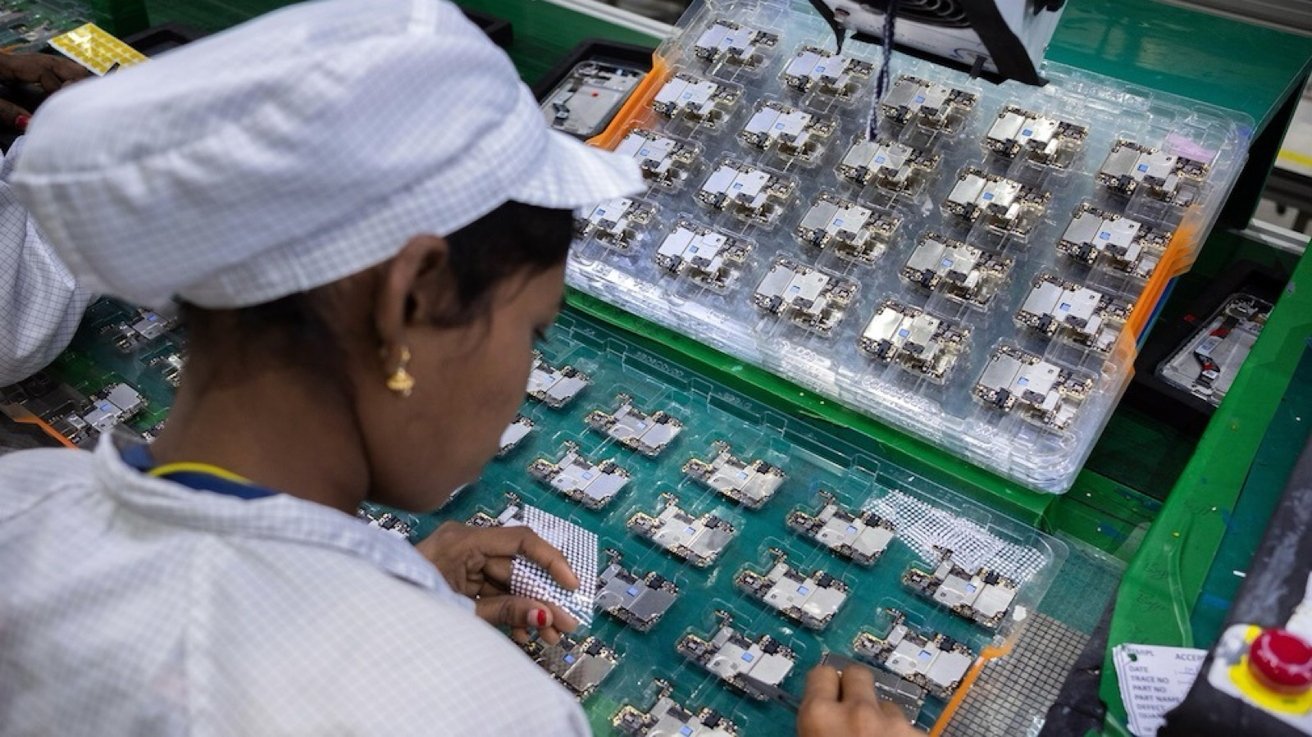Tim Cook credits India for half of US iPhone sales
Tariffs, politics, and shifting priorities are unraveling the iPhone supply chain that once tied the US and China together.
In April 2025, China’s smartphone shipments to the United States dropped 72% year over year to $688.5 million, their lowest monthly total since June 2011. That fall significantly outpaced the 21% drop in overall Chinese exports to the US, according to data from China’s General Administration of Customs.
China exported $7.58 billion worth of mobile phones globally in April, meaning less than 10% of that went to the US. The sharp decline speaks to how fast trade policy can redraw long-established shipping routes and production plans.
China’s tech export downturn impacts local economies
The downturn in phone exports is already being felt in parts of China where tech manufacturing plays a central economic role. Provinces such as Guangdong and Henan, home to major iPhone production hubs, face potential job losses and slower industrial growth.
Some analysts say this is an early sign of structural change. If global electronics firms continue to shift production elsewhere, these regions may have to compete harder to stay relevant in the next decade of tech manufacturing.
In response to rising tariffs of up to 145% on Chinese imports, Apple has been shifting iPhone production to India. The company says it plans to manufacture most iPhones sold in the US at Indian facilities by the end of 2026.
The move helps Apple avoid unpredictable costs tied to international politics. Suppliers like Foxconn and Tata Electronics have already expanded their Indian operations, helping the company scale up quickly.
Consumer implications in the US market
For consumers, these changes could mean higher prices, smaller inventories, or delays in product launches. Apple hopes to sidestep that outcome.
The company introduced the iPhone 16e at $599, aiming to capture demand from budget-conscious buyers while smoothing the transition to Indian manufacturing. The model is already a key part of Apple’s export strategy.
Apple CEO Tim Cook emphasized the success of that shift in a May 1 interview. “Over half of the iPhones we’re selling in the US this quarter were made in India,” he remarked.
Analysts offered mixed takes on the quarter. Gene Munster of Deepwater Asset Management had confidence that sales weren’t artificially boosted by tariff fears. Others were more cautious.

Foxconn employee in India
That marks a major milestone in Apple’s diversification efforts and signals how quickly the company has scaled production outside China. In its fiscal second quarter, Apple reported $95.4 billion in revenue, a 5% year-over-year increase.
The company returned $29 billion to shareholders during the quarter and credited the iPhone 16e’s strong performance for helping Apple maintain momentum in cost-sensitive markets.
The future of tech supply chains
The drop in US-bound smartphone exports is a signal that geopolitical tension is now a permanent factor in how companies build their global strategies. Apple may be ahead of the curve, but others will have to follow or adapt.
Despite the uncertainty around trade and supply chain complexity, some analysts remain bullish on Apple’s long-term positioning. Wedbush raised its price target on Apple stock from $250 to $270, highlighting confidence in the India strategy and the company’s ability to navigate global disruptions.
Whether this pivot leads to stronger, more resilient supply chains or introduces new risks depends on how companies and governments respond to a more fragmented world.


